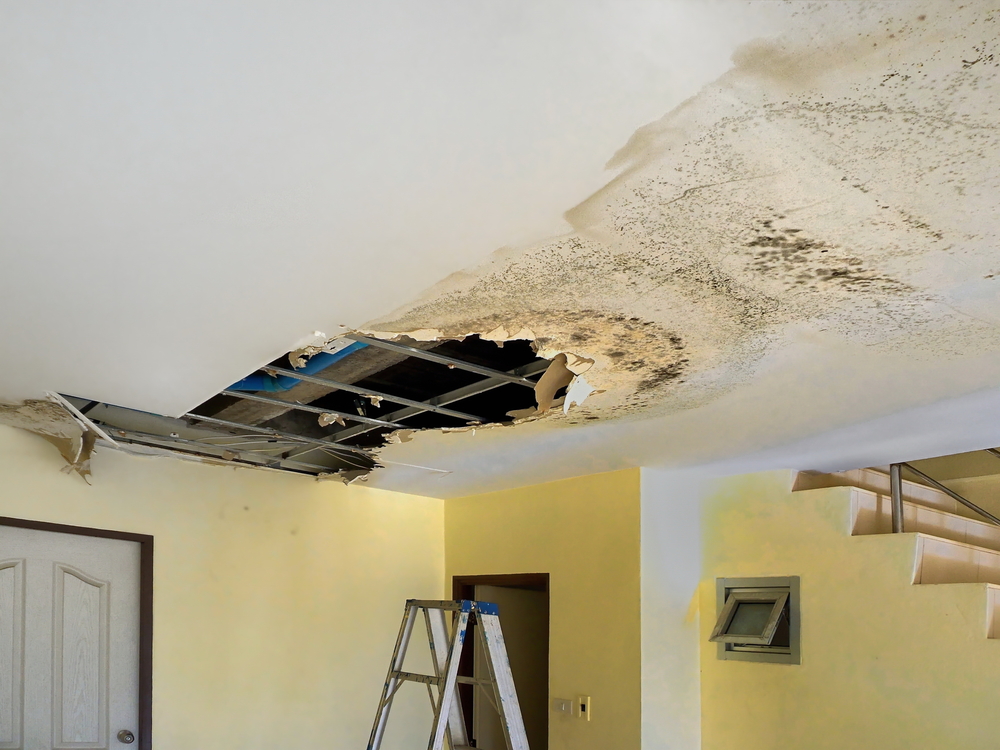Overview To Water Leak Discovery At Home
Overview To Water Leak Discovery At Home
Blog Article
We've discovered the article relating to Hacks to detect leaks below on the internet and concluded it made sense to write about it with you in this article.

Early discovery of dripping water lines can alleviate a potential disaster. Some small water leakages may not be visible.
1. Examine the Water Meter
Every home has a water meter. Checking it is a guaranteed manner in which helps you uncover leaks. For beginners, turn off all the water sources. Make certain no person will purge, make use of the faucet, shower, run the washing equipment or dishwashing machine. From there, most likely to the meter and watch if it will transform. Since nobody is utilizing it, there should be no movements. That indicates a fast-moving leakage if it relocates. If you detect no changes, wait an hour or two as well as examine back again. This implies you may have a sluggish leakage that can even be underground.
2. Inspect Water Usage
If you find sudden changes, despite your intake being the very same, it indicates that you have leakages in your plumbing system. An abrupt spike in your costs suggests a fast-moving leak.
A constant rise every month, also with the very same practices, reveals you have a slow leak that's also slowly intensifying. Call a plumber to extensively examine your property, particularly if you feel a warm location on your floor with piping underneath.
3. Do a Food Coloring Examination
When it comes to water intake, 30% comes from commodes. If the color in some way infiltrates your bowl during that time without flushing, there's a leakage between the container as well as bowl.
4. Asses Exterior Lines
Don't fail to remember to examine your exterior water lines too. Ought to water leak out of the link, you have a loose rubber gasket. One tiny leak can lose bunches of water and spike your water bill.
5. Analyze the situation and also evaluate
Homeowners should make it a practice to check under the sink counters and even inside cabinets for any kind of bad odor or mold growth. These two red flags indicate a leak so prompt focus is called for. Doing regular examinations, also bi-annually, can conserve you from a major problem.
Inspect for stainings as well as deteriorating as many pipelines as well as appliances have a life expectancy. If you presume dripping water lines in your plumbing system, don't wait for it to rise.
Early detection of dripping water lines can mitigate a prospective catastrophe. Some tiny water leakages might not be visible. Inspecting it is a surefire method that aids you discover leakages. One small leakage can squander bunches of water and surge your water costs.
If you think dripping water lines in your plumbing system, don't wait for it to intensify.
How to Know If Your Home Has a Hidden Leak
Water Meter Reveals Inexplicable Water Usage
If you’d like to test whether or not there’s a leak somewhere in your home, you can do this using your water meter. Here is how to conduct the test:
Don’t use any water in your home for at least 30 minutes; this also means not turning on faucets or water-using appliances.
Go outside, and check your water meter for activity.
If your water meter shows that there was activity, even though no one was using any water, this proves that there is a leak in your home.Visible Mold or Mildew Growth
Leaks behind walls create moist, dark environments that allow mold and mildew to grow and thrive. Eventually, you might see mold growth forming on the wall closest to a hidden leak.
If mold is growing in an area that receives a high amount of moisture, such as a bathroom, it may simply be an indication that better ventilation is needed. However, if you see mold growth on a wall or the ceiling in an area where you would not expect, you probably have a hidden leak.
Musty, Mildew Odor
Sometimes you might not be able to see the mold or mildew that is growing as a result of a leak. However, the smell can give the problem away just as easily. If you catch a whiff of something musty, there’s a good chance that old water is collecting somewhere in your home that you can’t see.
Stained/Warped Walls, Ceilings, or Floors
When your home soaks up water, a variety of red flags can become visible, including ceiling stains, bubbling drywall, warped walls, and sagging floors. While these issues can be caused by excess humidity, they can also be signs that a pipe or plumbing connection has started leaking behind your walls.
Inexplicably High Water Bill
After a while, you get a general sense for what your water bill should be. If you own a pool or sprinkler system, your bill will tend to be higher during summer. However, if you receive a water bill that seems especially high, and you can’t figure out what caused it, then you may have a hidden leak somewhere that’s increasing your bill.
https://www.plumbingjoint.com/blog/2019/july/how-to-know-if-your-home-has-a-hidden-leak/

Hopefully you enjoyed our piece on Locating water leaks. Thank you so much for spending some time to browse our article post. Do you know somebody else who is interested by Leaking water lines? Be sure promote it. Thanks a lot for your time. Come back soon.
Report this page